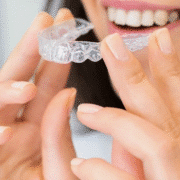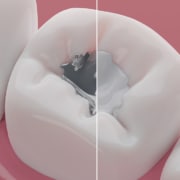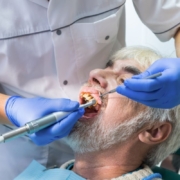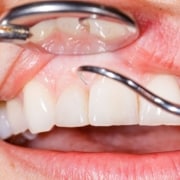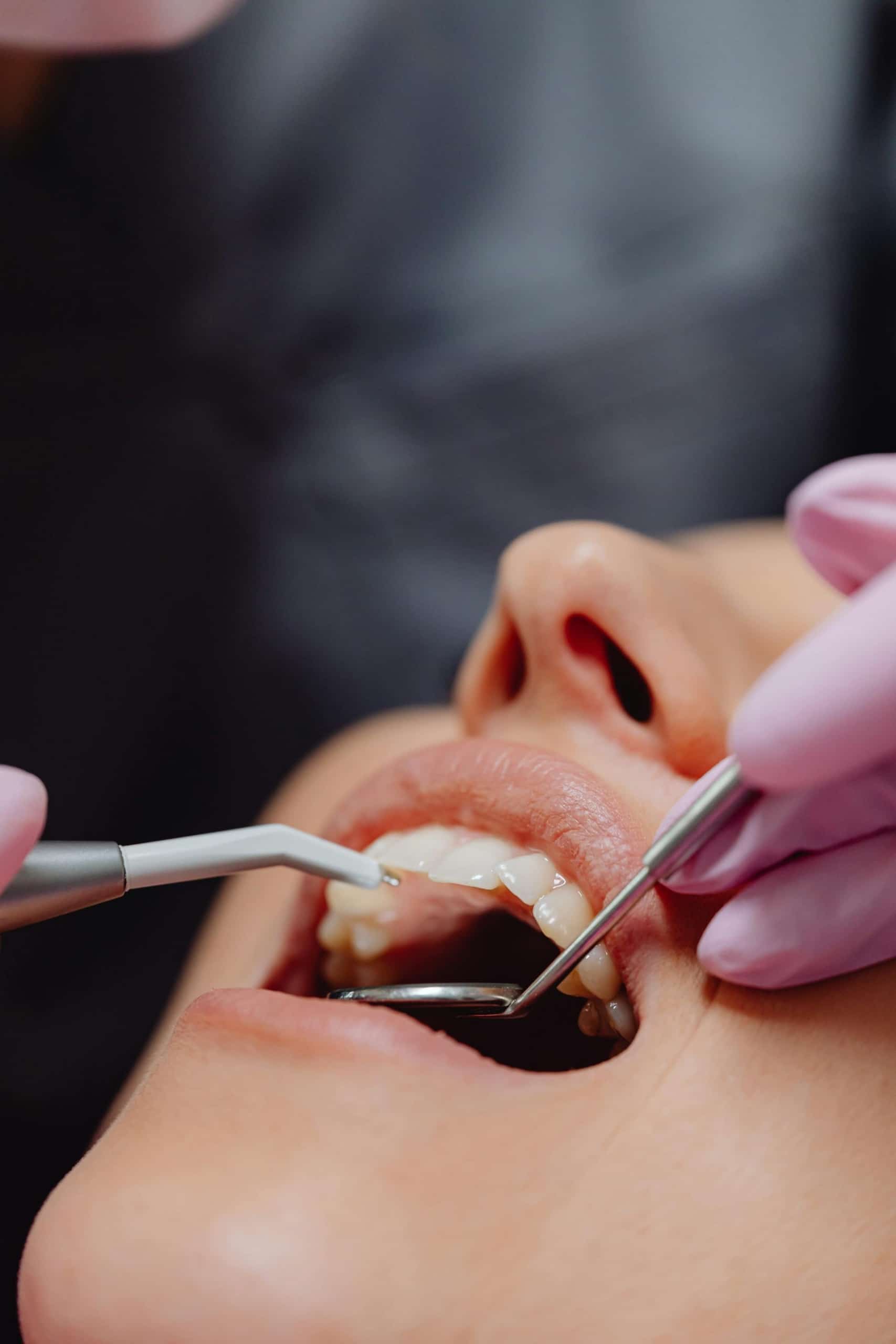Straight Teeth, Healthier Body: The Systemic Benefits of Invisalign Beyond Cosmetics
When you think about getting a straighter smile with Invisalign, what’s the first thing that comes to mind? Beautiful photos? A boost of confidence? While those aesthetic benefits are fantastic and absolutely life-changing, we want you to know that the real magic of orthodontic correction lies in the systemic health benefits. Here at Smilecreator, we see straightening your teeth not just as a cosmetic upgrade, but as an essential investment in your long-term, whole-body wellness.
Why Crowded Teeth Are a Hygiene Nightmare
Let’s be honest: when your teeth are severely overlapped or crowded, cleaning them feels like navigating a maze. Those tight, hard-to-reach pockets and crevices are impossible to clean thoroughly with just brushing and flossing alone. What happens in those dark corners? They become safe havens and breeding grounds for the bacteria that cause not only cavities but, more importantly, chronic gum disease.
This is where the power of Invisalign comes in. By using these comfortable, clear aligners to gradually guide your teeth into proper alignment, we are essentially eliminating those hidden bacterial sanctuaries. Suddenly, your toothbrush and floss can reach every surface easily and effectively. A straight set of teeth means less hidden plaque, significantly reducing your risk of chronic periodontal inflammation—and as we discussed in our last post, that kind of inflammation is toxic to your entire system.
Your Bite Is More Than Just a Chew
The benefits of proper alignment go even further than simple hygiene; they extend right into how your body functions every day. Think about your bite. When teeth are crooked, or a bite is misaligned (called malocclusion), it causes uneven pressure and stress on your jaw joints and muscles. This uneven force can lead to debilitating TMJ-related issues like chronic headaches, neck tension, and that annoying jaw clicking.
Invisalign isn’t just about moving teeth; it’s about creating a harmonious and balanced bite. When your teeth meet correctly, the pressure is evenly distributed, which alleviates stress on the entire orofacial system, bringing relief to the head and neck. Choosing clear aligners is a proactive decision that supports easier cleaning, less chronic inflammation, better jaw joint function, and ultimately, a path toward achieving your best systemic wellness. It’s an investment that pays dividends long after the last aligner is finished!

